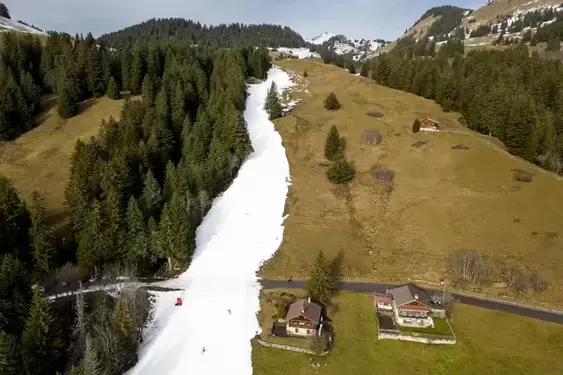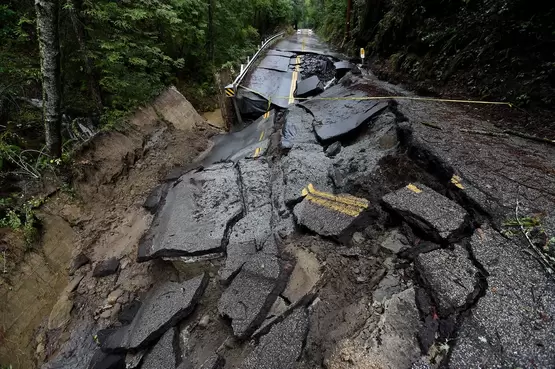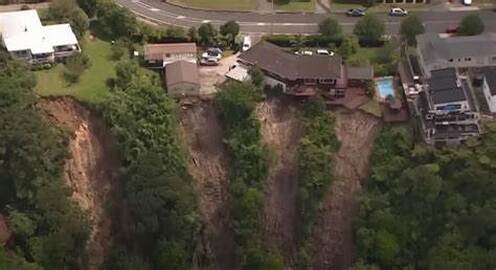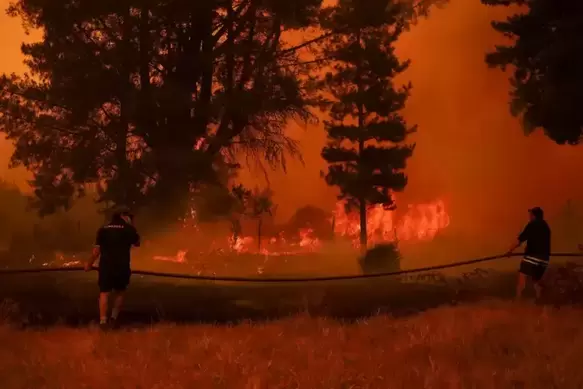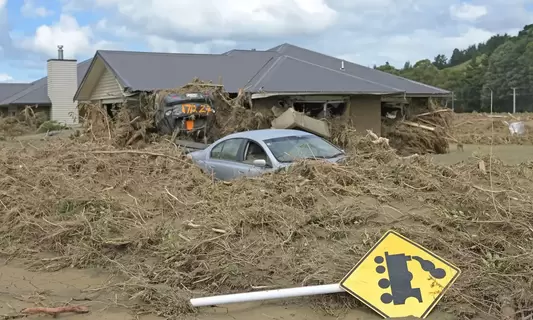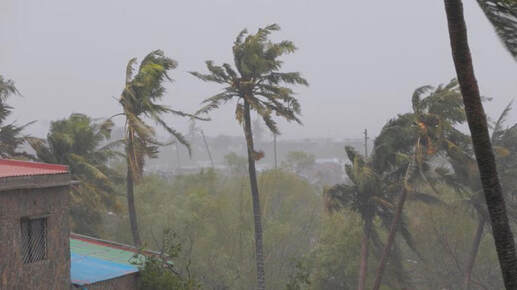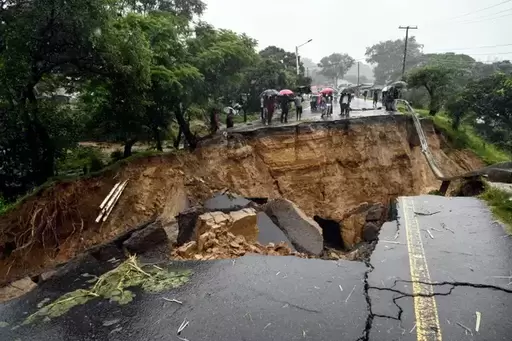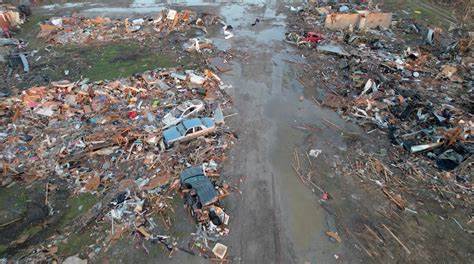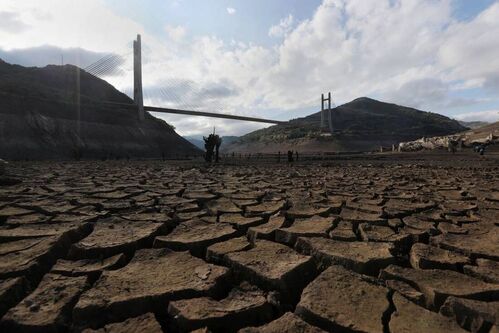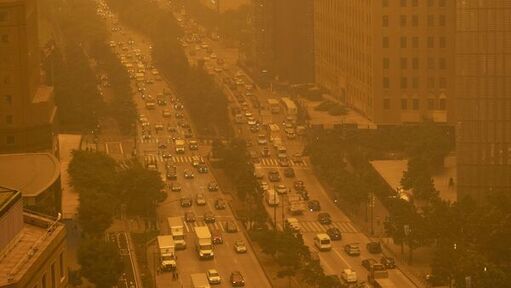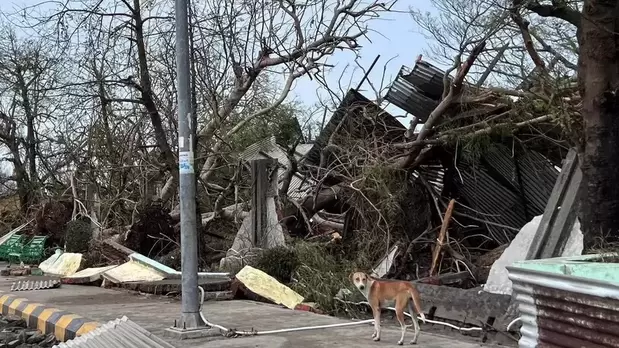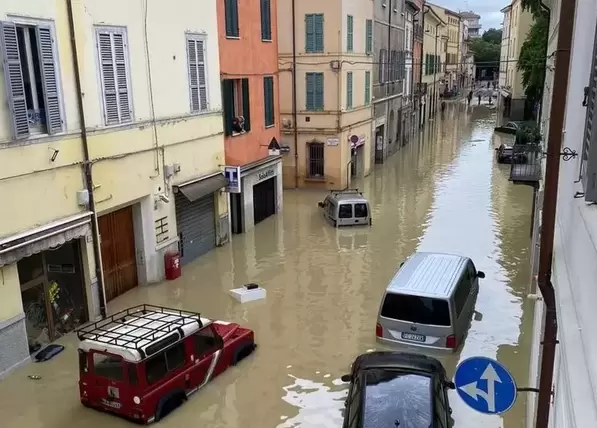Extreme Weather Events 2023
A list of extreme events in date order.
Every effort has been made to make the list comprehensive
but it is not claimed to be exhaustive.
Warning: It does not make easy reading!
Note: Between 2001 and 2010 the total cost of extreme
weather events across the world was, on average,
approximately $168bn per year. Between 2011 and 2020 this
rose to $248bn per year.
In 2021 the total cost was estimated at £320bn and in 2022 it
was estimated at $270bn.
Note: Between 2001 and 2010 the total cost of extreme
weather events across the world was, on average,
approximately $168bn per year. Between 2011 and 2020 this
rose to $248bn per year.
In 2021 the total cost was estimated at £320bn and in 2022 it
was estimated at $270bn.

